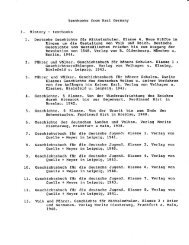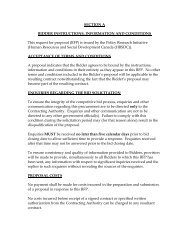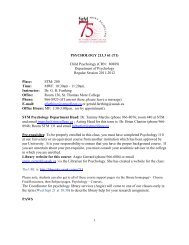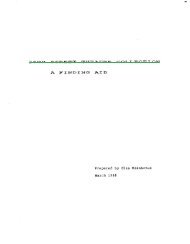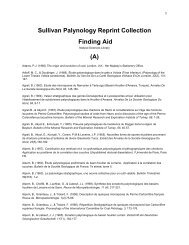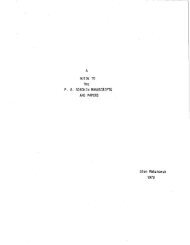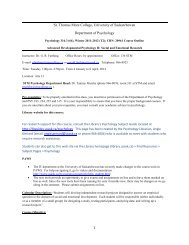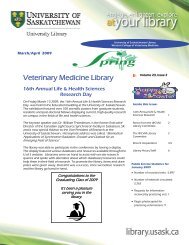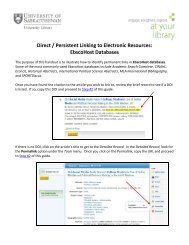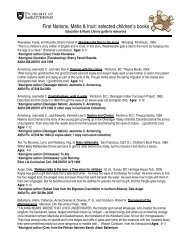GREEN SEED COAT COLOUR RETENTION IN LENTIL - University ...
GREEN SEED COAT COLOUR RETENTION IN LENTIL - University ...
GREEN SEED COAT COLOUR RETENTION IN LENTIL - University ...
You also want an ePaper? Increase the reach of your titles
YUMPU automatically turns print PDFs into web optimized ePapers that Google loves.
Table 4.10 shows the mean index scores for the tester set in all locations and<br />
years. From this table some genotype × environment interactions are evident.<br />
1294M-23 was expected to provide the most desirable seed from the tester set and it<br />
had the most desired green seed coat colour when all years and locations were<br />
considered. As with some traits however, several cross over interactions did occur.<br />
At least one cross over interaction occurred at each site in each year. A cross over<br />
interaction was when a genotype that was expected to have a smaller index score<br />
than another genotype actually had an index score that was significantly larger. At<br />
Elrose in 2005 CDC Meteor had a significantly larger index than Eston. At SPG<br />
and Sutherland in 2005 CDC Plato had a smaller index score than Eston. At Elrose<br />
in 2006 CDC Glamis produced a more desirable sample than CDC Grandora. Also<br />
at Elrose in 2006 CDC Vantage produced a significantly lower index score than<br />
CDC Plato. At SPG in 2006 1048-8R produced a more desirable sample than CDC<br />
Sovereign. In 2006 at Sutherland CDC Richlea produced a significantly lower<br />
index score than CDC Greenland. At these sites the environment could have<br />
produced specific triggers that allowed them to produce samples that were less<br />
desirable. This could be due to less rainfall after harvest maturity. Little<br />
precipitation occurred on the lentil plots at Elrose in 2006 after harvest maturity.<br />
When autumn rainfall occurred at Sutherland in 2005 the lentils were not as close to<br />
harvest maturity as the other sites in 2005. This indicates that bleaching is<br />
independent of seed coat darkening. In the presence of moisture, chlorophyll<br />
degradation leading to seed coat colour differences may be more prevalent but in<br />
dry environments the change in green lentil quality could be more dependent on<br />
47



